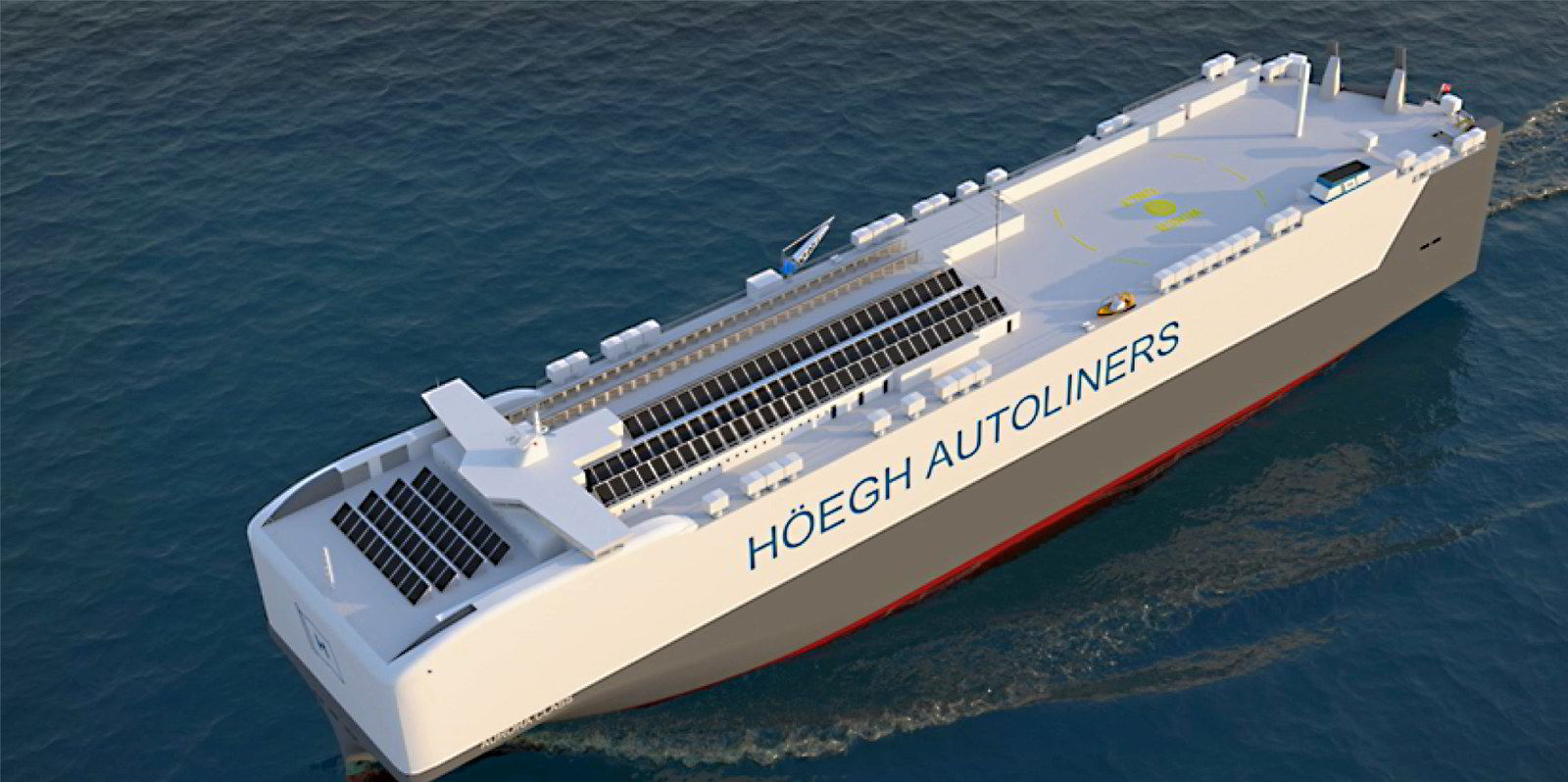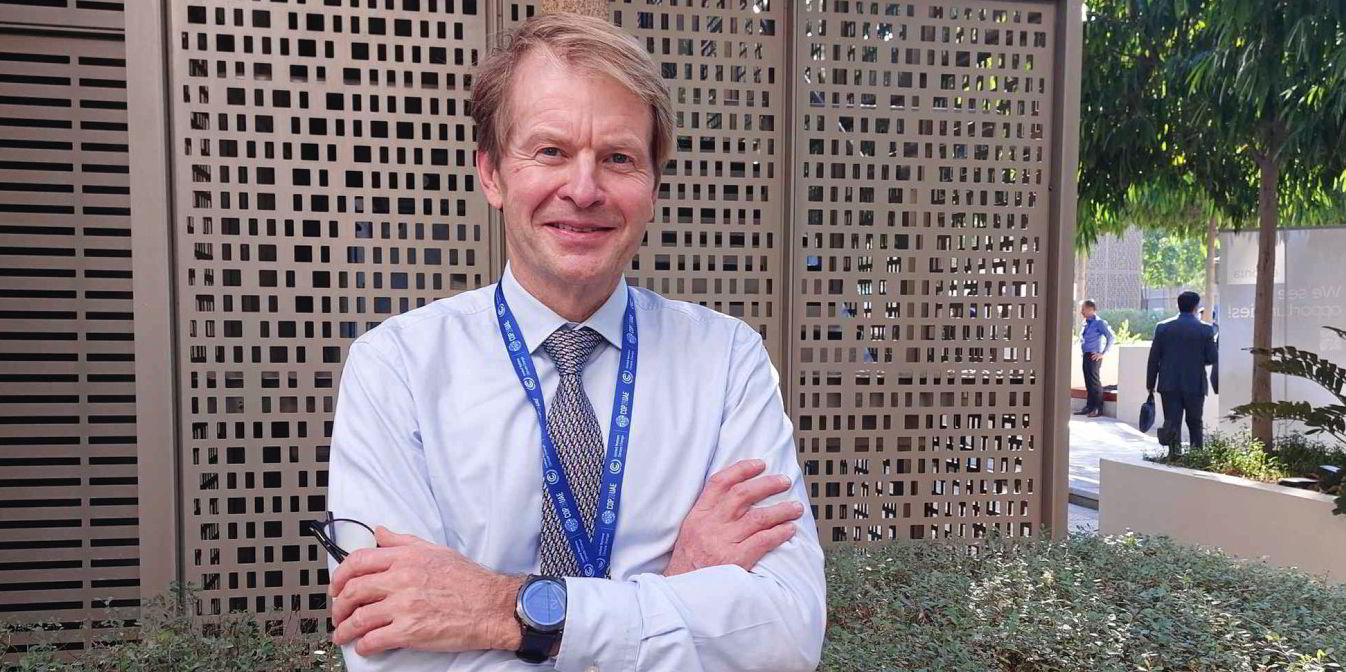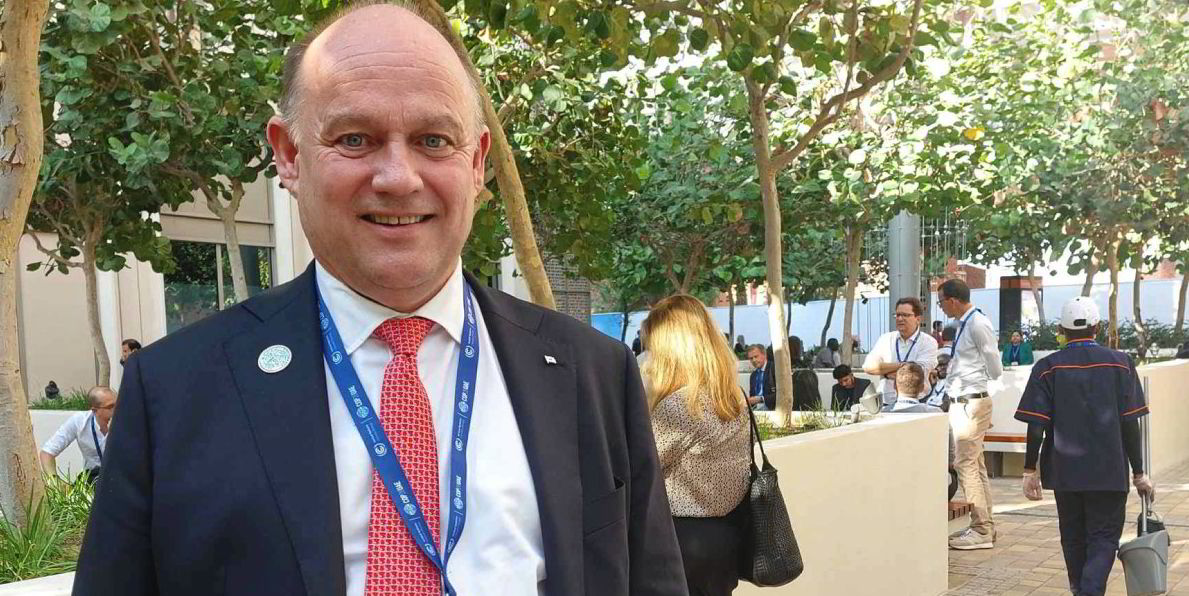Hoegh Autoliners will work with Sumitomo Corp to investigate the supply of clean ammonia for bunkering hubs in Singapore and the US by 2027 as it shifts to a lower-carbon fleet.
The Oslo owner will receive the first of 12 new ammonia and methanol-capable dual-fuel ships from 2024 and is looking to bolster the fuel infrastructure and supplies to service the vessels in Singapore and Jacksonville, Florida.
The companies announced at the COP28 climate change summit in Dubai that they will work to assess the suitability of ammonia bunkering facilities at the two ports for Hoegh Autoliners’ new pure car/truck carriers. They will work with local authorities and look at ship-to-shore and ship-to-ship refuelling options.
Japan’s Sumitomo, one of the world’s largest traders, is seeking licences in Singapore for ammonia bunkering. Singapore is one of the leaders for cleaner fuel bunkering services and the industry hopes that other bunkering centres will follow its lead on regulations and infrastructure for future fuels.
The agreement is the latest tie-up as Hoegh seeks to ensure a supply chain of blue and green ammonia for the vessels.
It struck an outline deal last month with Yara Clean Ammonia to secure supplies. The work with Sumitomo is seen as another part of the chain to build bunkering centres.
Hoegh Autoliners chief executive Andreas Enger said the deal is an early example of the steps needed to convert the global fleet to cleaner fuels, even if the vessels will run predominantly on conventional marine fuels to start with because of regulatory and customer constraints.
The dozen 9,100-ceu newbuildings on order at China Merchants Heavy Industry (Jiangsu) are described by the company as “the largest and most eco-friendly car carriers ever built, boasting the capability to run on zero-carbon ammonia or carbon-neutral methanol”.

The first use of ammonia could be in Europe, which is extending its Emissions Trading System (ETS) to shipping from 2024. The cap-and-trade scheme will apply to vessels going in and out of its ports.
“We might very well bunker ammonia in Singapore and use them out of Europe with customers under the EU ETS scheme,” Enger told TradeWinds. “Changing fuel is just closing one valve and opening another one.”
Hoegh Autoliners, which has an owned fleet of 34 car carriers aged up to 28 years, has committed to powering at least 5% of its deepsea operations with green ammonia by 2030.
That would be achieved through four of the newbuildings slated for delivery in 2027 that are expected to be the most ready to run on ammonia.
Blue ammonia is made with fossil fuels, and the resulting CO2 emissions are captured for storage or reuse. Green ammonia is made using renewable energy.
The newbuilding contracts were drawn up to allow for flexibility in the choice of engines, depending on the state of the market and the progress of regulations, which currently do not allow operation of ammonia-fuelled oceangoing ships.
“We will get some of the first engines, we will get some of the first green and blue ammonia,” Enger said.
“The decarbonisation of shipping is a marathon. It doesn’t start before someone starts, and that’s what we’re doing. We are future-proofing our business.
“The timing of conversions will depend on regulatory progress and market demand.”
Koji Endo, head of Sumitomo’s energy division, said: “There is a compelling need for organisations to collaborate in the worldwide endeavour to attain future net zero goals.”

Both companies are working with the Maersk Mc-Kinney Moller Center for Zero Carbon Shipping to promote the energy transition.
The centre’s CEO, Bo Cerup-Simonsen, said: “The speed of the transition relies on the swift collective action of leaders in the ecosystem to implement viable sustainable solutions, and this partnership exemplifies the bold, forward-thinking and actionable commitment required.”
The International Maritime Organization this year set a target for zero emissions by 2050, significantly strengthening its previous goal.




